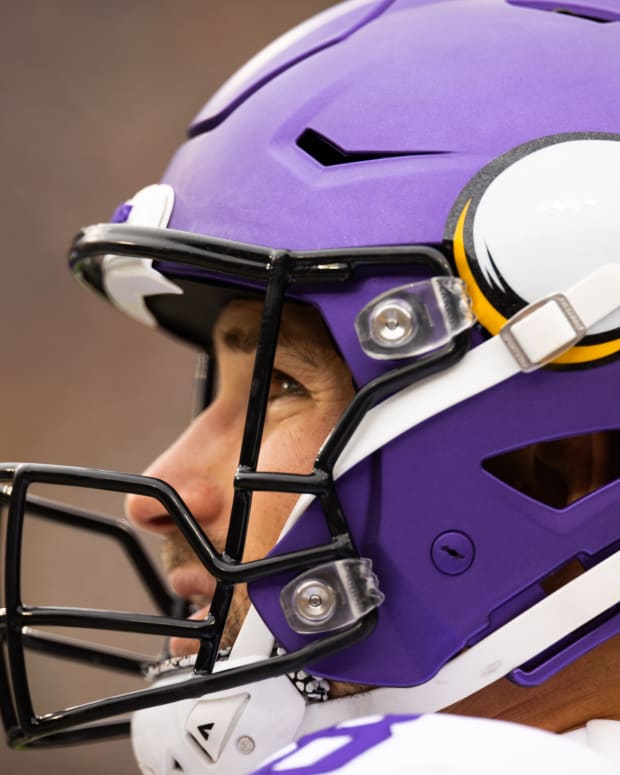
Twins Daily: Quantifying Byron Buxton's defensive value

Byron Buxton’s short four-and-a-half-year career has seen him play over 100 games just once back in 2017. In the two years since, Buxton has only had five at-bats after July 31, most recently missing the Twins' final two months of one of their best seasons in franchise history.
With just three years of team control remaining and the 2020 offseason being crucial to the Twins competitive window, it’s time to consider how much the Twins should be planning their window around Buxton.
Byron Buxton, when healthy, is one of the best center fielders in the game. Baseball Savant has many metrics that can make this argument. Keeping Buxton healthy has been endlessly debated, and without spending too much time on that, I think the answer may be found by improving his reaction time, per the graphic from Baseball Savant below/right.
I found their “jump” metric to be the most surprising. For being such a great outfielder (he was sixth in Outs Above Average among outfielders despite missing two months) he was rated as average in his “jump”, which takes into account a player's reaction, burst and route.
Improving on reaction time is something much more realistic than asking him to change his instincts. Defense can be a hard thing to quantify in baseball, but using data from Baseball Savant I will try to paint a picture of just how impactful Byron’s glove is in center field.
For the majority of this exercise I will compare Buxton’s center-field metrics to Max Kepler’s as he has the most meaningful data from the 2019 season.
In 2019, the average batted ball had an average flight time of about five seconds, was hit about 65 feet away from the outfielder, and had a 97% catch probability. When looking at five-second hang time data, the catch probability significantly drops from 85 feet (72.5%) to 90 feet (50.0%) and then again at 95 feet (27.8%), so this is the range I want to focus the comparison.
In the graphic above, I have put a black rectangle around that 85-foot to 95-foot range mentioned above. Your first reaction might be to notice that the specified range, specifically around the five second mark, doesn’t look much different. On that note, I’d remind you that Kepler had 419 more innings in the outfield than Buxton and thus had many more opportunities to get outs.
If anything, you should compare the number of gray dots (hits) in each rectangle as well as the number of red dots (outs) to the right of the rectangle. More simply put, Buxton had three more Defensive Runs Saved (DRS) in fewer innings than Kepler.
Let’s look at the impact it had on Twins pitchers. Due to sample size, I did not include relief pitchers, and due to suspension or health issues, the only starters I decided to include were Jose Berrios and Jake Odorizzi. Prior to the Buxton injury on Aug. 1, Berrios and Odorizzi had a .968 and .830 OPS on line drives and fly balls hit to center field, respectively. After the Buxton injury, their OPS increased to 1.339 and 1.154, respectively.
In short, it’s clear Buxton absence had a significant impact on their defense. With all that in mind, where do you sit on Buxton? Trade him? Buy out his arbitration years and sign him to a long-term deal? Continue playing the waiting game to see if he can stay healthy?
This story originally appeared at Twins Daily and was re-shared through a collaboration with Bring Me The News.











